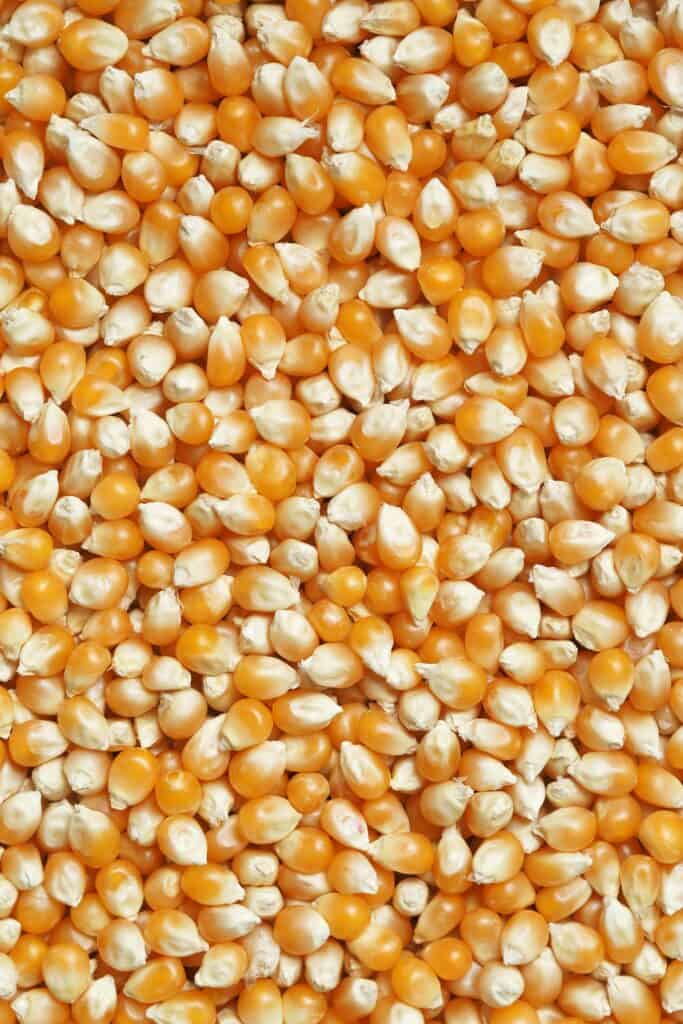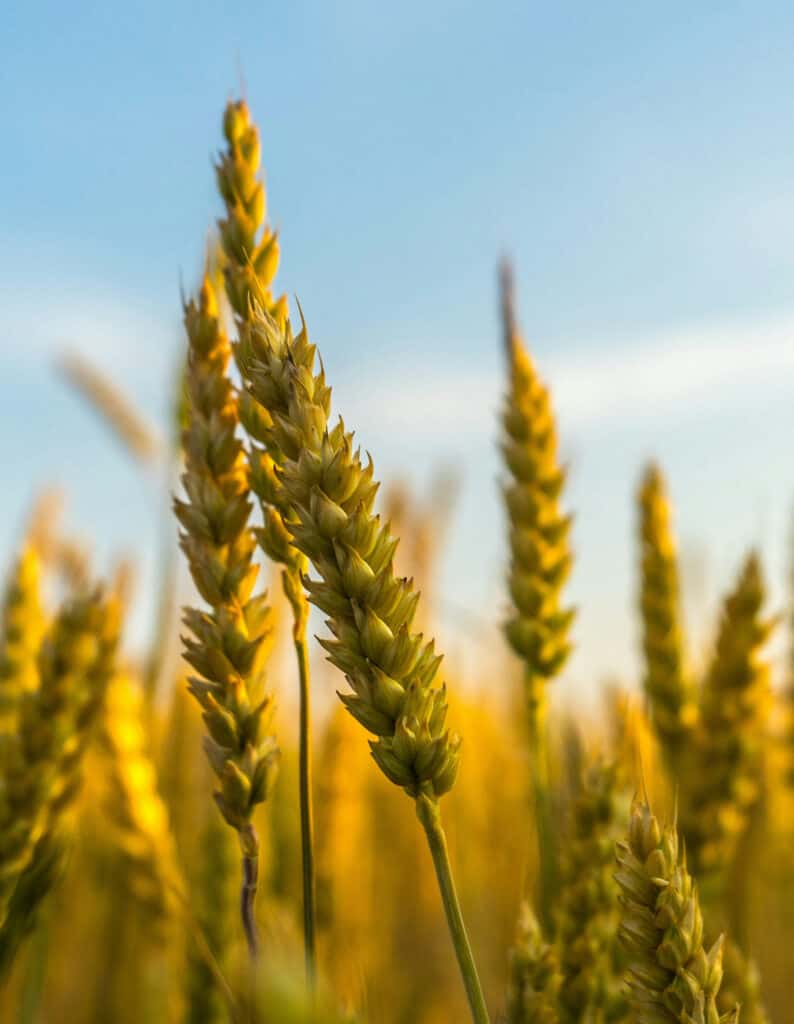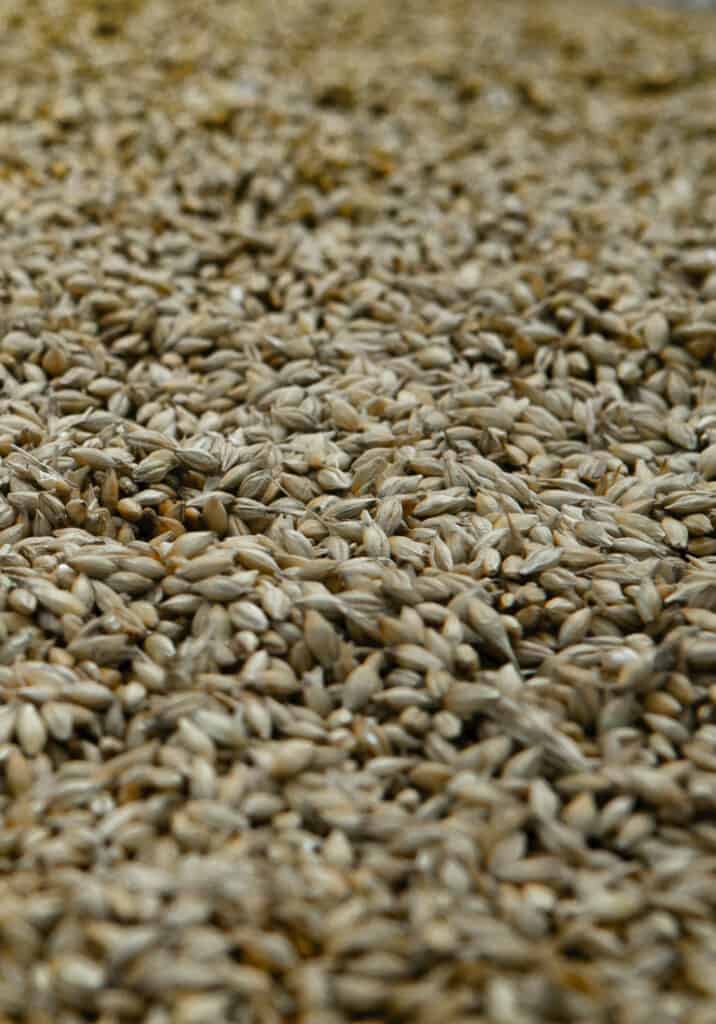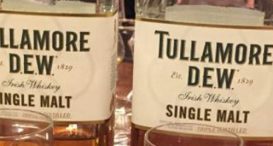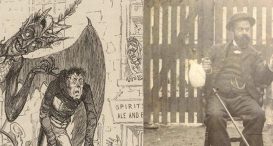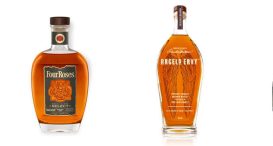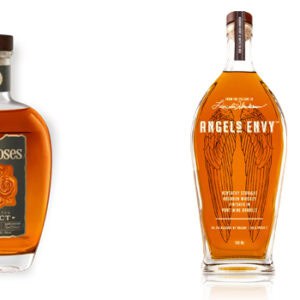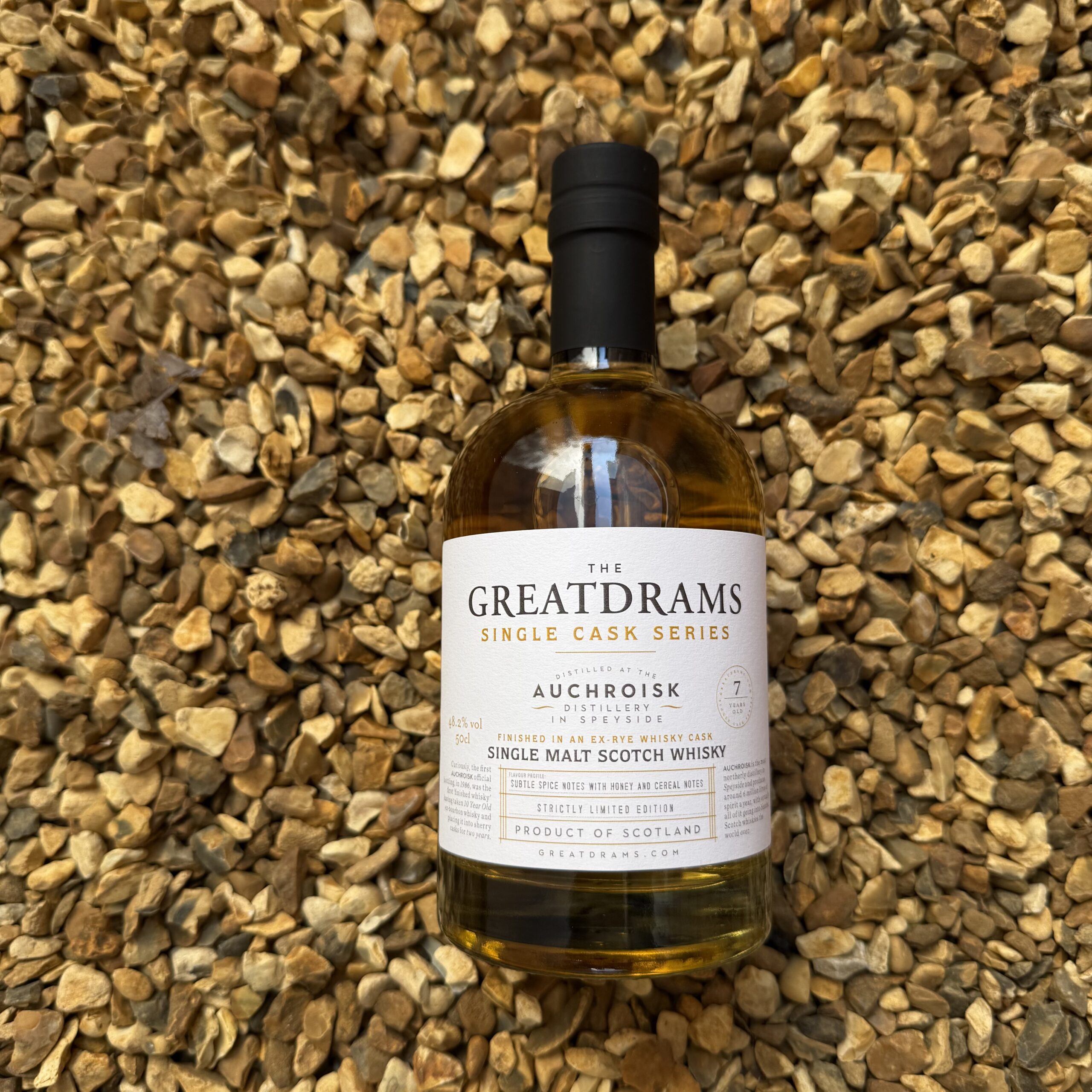Bourbon Mash Bills – A Brief, Yet Detailed Overview
While we may specialise in Scotch whisky here at Great Drams, that certainly doesn’t mean that we aren’t huge fans of the many other types of whisky/whiskey currently available.
Bourbon in particular, is one of our favourites, and offers a wonderful alternative to single-malt and blended whiskies commonly consumed here in the UK. In fact, bourbon is becoming increasingly popular every single year, and with brands such as Jim Beam, Wild Turkey, and Woodford Reserve all very popular on our shores, that isn’t going to change anytime soon.
Now, before we go any further, we’re going to address the elephant in the room, because you may be wondering why we haven’t mentioned a certain whiskey brand from Tennessee. Well, the reason for that is simply due to the fact that that we’re talking about bourbon whiskey, and that particular brand is not a bourbon whiskey at all, it’s actually a Tennessee whiskey. Though similar, Kentucky bourbon and Tennessee whiskey is not the same (more on that another time).
Now that we’ve cleared that up, let’s look at bourbon whiskey, and specifically, how different mash bills impart such different flavours and finishes.
Why Mash Bills are Important
In America, in order for a whiskey to be classed as a bourbon, it must be made from a mash bill consisting of at least 51% corn. There are of course other legal requirements, just like we have here in the UK with our Scotch, but a corn content of at least 51% is one of the key requirements.
Here in the UK, our whiskies generally use malted barley as their primary grains. In the US, in bourbon, corn is the primary grain. The remaining 49% however, is entirely down to the distiller and can have an enormous influence in terms of the final bourbon whiskey they produce.
Usually, bourbons will use corn, malted barley, rye, and/or wheat in their recipes. Which grains they use, and indeed, which ratios, will help determine how the bourbon finishes up. Some bourbons are sweet and have honey and/or maple syrup characteristics with a smooth finish. Others are spicy and smoky, and can be quite rough.
Once you understand how different mash bills influence the finished product, you’ll find it much easier to find a bourbon that suits your own specific palate.
Mash Bill Fundamentals
Now that we know that different grains and ratios can affect how a bourbon finishes up, we need to look at how each grain in a mash bill affects the whiskey.
I myself prefer my bourbons on the sweeter side, whereas I have friends who enjoy a sharper, smokier bourbon. Once you know which grains impart sweetness, which give fiery notes, and which help mellow out the flavours, finding your ideal bourbon will become much easier.
Here’s a quick overview of the basic fundamentals of a mash bill and the grains that go into each one.
Corn
Of course we’re starting with corn, for obvious reasons. A bourbon just wouldn’t be a bourbon without corn. Specifically, it wouldn’t be a bourbon with a mash bill made up of anything less than 51% corn.
Like the Scotch use malted barley as their base ingredient in whisky, the Americans use corn as their base grain in bourbon whiskey. Even though legally a bourbon must have a mash bill consisting of at least 51% corn, most bourbons will use between 60 and 75% corn. Some, George Dickel for example, will use as much as 84% corn!
Because corn has such a high sugar content, it helps give bourbon its strength and its sweetness. The corn flavour is already subtle, and the longer it is left to age, the less of the corn you can taste.
Rye
Rye was once the most popular ingredient used in whiskey distilling in the US, until prohibition. Because rye is harder to grow in some climates, it is now the secondary grain used in whiskey. In order for a bourbon to be referred to as a ‘high rye’ bourbon, it should have a rye content of at least 18%.
Despite this, rye is still typically the second most important ingredient in a bourbon whiskey mash bill. This grain helps give whiskey its sharper, spicier notes. It is rye which helps give bourbon more notes like you’d expect to find in a single-malt Scotch.
If a bourbon is spicy, it likely has a higher rye concentration. The spiciness of the rye balances perfectly with the sweetness of the corn.
Bourbons with a higher rye content tend to have spicy, peppery notes, with flavours such as peppercorn, nutmeg, cinnamon, star anise, clove, and allspice often being imparted because of the rye. Four Roses bourbon in particular, has a mash bill rich in rye, which is why it has a spicy, oaky finish.
Wheat
Wheat is not as popular in bourbon whiskey distilling as it is with other types of whiskey. This is because wheat generally helps to mellow out and balance the flavours of bourbon.
Bourbons using wheat as the secondary grain have a much smoother, sweeter, and mellower finish. Maker’s Mark for example, has a mash bill consisting of 70% corn, 14% barley, and 16% wheat. As a result, it has a smooth and creamy finish, with notes of honey, vanilla, butterscotch, toffee, and ice cream. Those who prefer a Speyside Scotch often enjoy wheat-rich bourbons.
Bourbons heavy on the wheat have less burn, fewer spicy notes, are smoother, and often sweeter too, with a great mouthfeel.
Barley
Finally, we have barley.
Barley may be a favourite in Scotland, but in the USA, barley gets nowhere near as much love, which we feel is a crying shame.
Barley is usually used to help convert starches in the mash bill into sugar. Typically, you’ll find that bourbon whiskey producers will use between 10 and 12% barley in their mashes.
There are some exceptions, such as Maker’s Mark, who use around 14% barley in their mashes.
Different Bourbon Mash Bills Compared
Before we wrap things up today and leave you to pour yourselves that glass of bourbon and coke you’ve been craving since you first started reading, we’re going to compare some of the different bourbon whiskey mash bills.
Below, you’ll find a breakdown of the mash bills of some of the world’s most popular bourbons, along with a look at how the mash bill imparts such different flavours and aromas.
Apologies if we’ve missed your favourite bourbon off the list, but if we tried to list each one we’d be here all day, and you’ve no doubt got much better things to do than listen to us waffle on about bourbon all night.
But I digress, here’s a quick comparison of some of the world’s most popular bourbon whiskey mash bills.
Baker’s
Corn – 75%
Barley – 12%
Rye – 13%
Tasting Notes: Medium body, fruity, nutty, caramel, and vanilla notes with a hint of oak.
Basil Hayden
Corn – 63%
Barley – 10%
Rye – 27%
Tasting Notes: Cracked black pepper, winter spice, rye, citrus peel, marshmallow, vanilla, and charred oak.
Bulleit Bourbon
Corn – 68%
Barley – 4%
Rye – 28%
Tasting Notes: Sweet oak, allspice, maple syrup, charcoal, nutmeg, vanilla, and toffee apple.
Elijah Craig
Corn – 78%
Barley – 12%
Rye – 10%
Tasting Notes: Honeycomb aromas, cardamon and fennel seeds, stewed apple and cinnamon pie, salted caramel and honey, smoked oak.
FEW Spirits
Corn – 70%
Barley – 10%
Rye – 20%
Tasting Notes: Vanilla, cloves, and caramel aromas. Sweet and sticky toffee pudding flavours with salted caramel, winter spices, and stewed pears in dessert wine.
Maker’s Mark
Corn – 70%
Barley – 14%
Wheat – 16%
Tasting Notes: Sweet butterscotch aromas. Flavours of buttery shortbread, sweet almonds, vanilla ice cream, spiced honey, candied lemon and lime zest, sweet oak, and a hint of spice.
Jim Beam
Corn – 75%
Barley – 12%
Rye – 13%
Tasting Notes: Maple aromas. Sweet honey and caramel flavours, coupled with fresh straw, rice crispies, vanilla cream custard, a touch of pink peppercorn, and a hint of oak.
Four Roses
Corn – 60%
Barley – 5%
Rye – 35%
Tasting Notes: Sweetcorn and caramel, bitter Seville marmalade, honey, cinnamon, lemon peel, and toasted oak.
George Dickel
Corn – 84%
Barley – 8%
Rye – 8%
Tasting Notes: Earthy, grassy aromas. Taste of sour cherries, honey, vanilla, caramel, baking spices, pepper, dried citrus fruits, light oak, burnt orange, and almond toffees. A lot going on here.
Knob Creek
Corn – 75%
Barley – 12%
Rye – 13%
Tasting Notes: Sweet and spicy aromas. Taste of buttered granary toast, toffee and caramel rye, candy floss, a hint of spice, dark chocolate, brown sugar, and oak.
Old Forester
Corn – 72%
Barley – 10%
Rye – 18%
Tasting Notes: Aromas of cedar wood and orange peel. Taste of sweet caramel and maple syrup, combined with vanilla ice cream, toasted oak, rye bread, salted butter popcorn, and orange liqueur.
Old Grand-dad
Corn – 63%
Barley – 10%
Rye – 27%
Tasting Notes: Sweet brown sugar and cinnamon aromas. Flavours of oak, apricot jam, apple pie and cinnamon, light spices, and charred oak.
WILD Turkey
Corn – 75%
Barley – 12%
Rye – 13%
Tasting Notes: Toasted almond and Madagascan vanilla. Flavours of vanilla ice cream, a hint of spice, sweet honey and caramel, lime zest, butterscotch pudding, and a light oak barrel char.
Woodford Reserve
Corn – 72%
Barley – 10%
Rye – 18%
Tasting Notes: Scents of cocoa beans and baking spices from the onset. Tastes of dark chocolate, winter spices, sticky toffee pudding, caramel waffles, toasted oak, and light floral notes to finish.
Looking for rare, award-winning, limited-edition, unique, and delicious whisky with similar bourbon-like profiles to those listed above? If so, then look no further than Greatdrams.com and be sure to take a look at the huge selection of fantastic whisky products that we have available.
Here you’ll find all manner of different whiskies, primarily Scotch, to suit all palates and budgets, that you simply can’t get on the high street. We also have an extensive array of whisky/whiskey-related information so you can learn more about your favourite drams, how they’re made, and the distilleries that produce them.
Whether you’re looking for a smooth and creamy Lowlands whisky, a heavily peated, harsh and smoky dram from Islay, a smooth and fruity Speyside expression, or anything in between, here at Great Drams we’ve got whisky from all regions, to suit all preferences.



